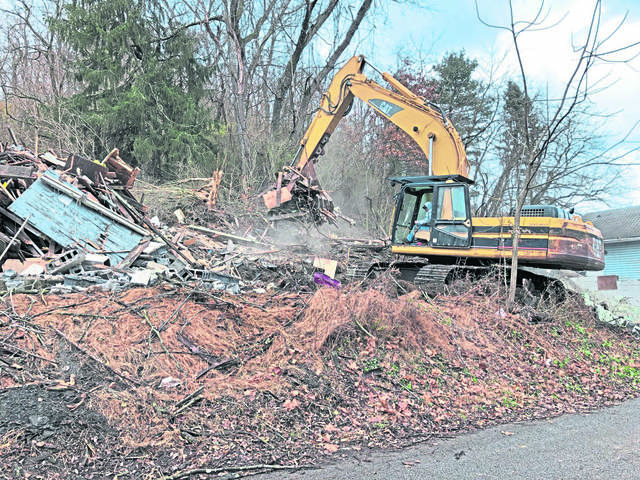One bad property can be the first domino in an unfortunate chain reaction for a community.
Maybe it happened because of a fire. Maybe it stood empty after a foreclosure. Maybe it fell into disrepair when an absent owner couldn’t keep up with the maintenance. Whatever the reason, it becomes the eyesore that hurts the block.
Then it spreads. More buildings succumb to neglect. Blight goes from one block to one street to one neighborhood, as contagious as the measles and as potentially deadly to property values.
Just as covid-19 preys on those with comorbidities like asthma or heart disease, blight can be the affliction that sweeps into an area already suffering from something else, like high unemployment or low income. Those areas have to be proactive about defending against the problem.
That’s why it makes sense to fight back with a wrecking ball.
Tarentum spent about $171,000 to have 23 houses demolished starting in December 2019. As that wraps up — something that took longer than expected because of the coronavirus pandemic — the borough is working toward another round of removals. Work on another 15 to 25 properties could start in January.
Tarentum isn’t alone. In August, the Redevelopment Authority of the City of New Kensington put out bids to tear down the old Funzi’s bar, an “eyesore” that neighbor Dana Rhea said was becoming a haven for garbage and stray cats after being empty for at least 15 years. In September, the authority started work on a list of 10 other properties to rip down.
The Pittsburgh Urban Redevelopment Authority spent years working on a project that started with destroying three buildings deemed a public safety hazard.
It’s a strategy that has worked in other cities like Baltimore and Detroit. The cost of the demolition — sometimes covered by grant funds — can seem like a small price to pay for better property values that can benefit other property owners and the municipal bottom line.
The important thing is to still think of the process like a line of dominoes — but in a good way. Municipalities and economic development organizations have to have a plan for the next step after tearing down a building, because an empty lot isn’t always great either.
That might mean building something new, like the $16 million mix of apartments and retail space the Pittsburgh Urban Redevelopment Authority is planning for the Garden Theater Block. It might be as simple as marketing the available building space.
The important thing is marrying the proactive destruction with creative energy to build communities.








